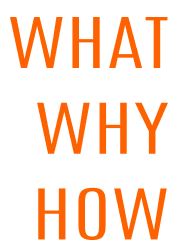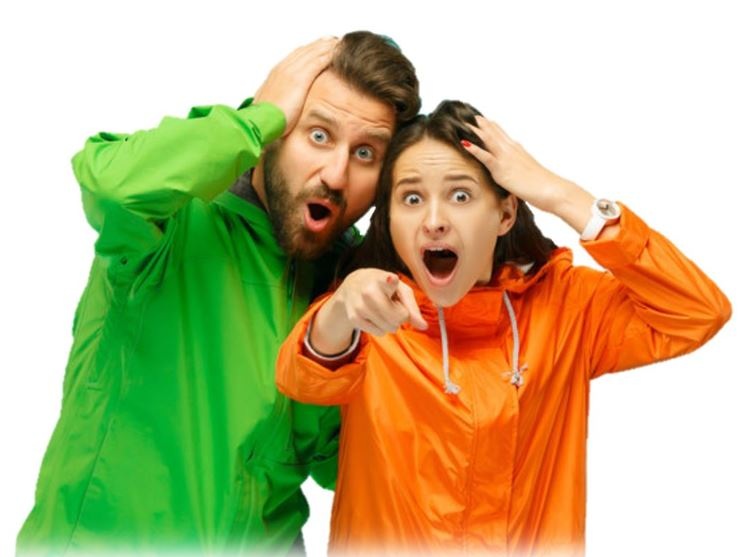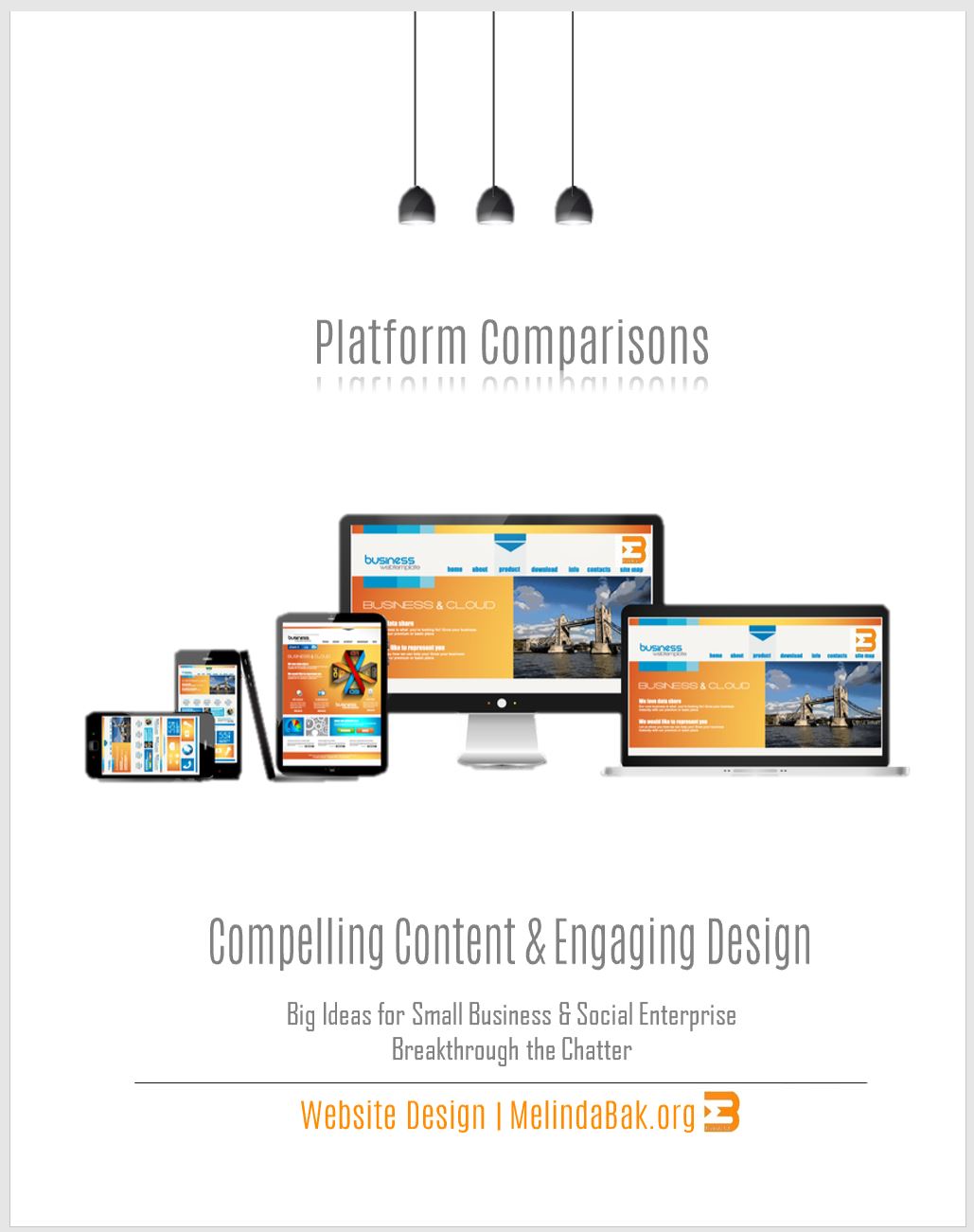The hardest things about writing, is starting.
Finessing your work, tending the science - that’s what you do the second and third time through you’re writing.
Which is to say, don’t let this info on science stand in your way. Just write. When you re-write, create art. And science. And words that lead to outcomes.
Write about what you know. Write about what you love. Write about your business. Write about what people want to know more about. Write for your reader.
Now, that you’ve got something on paper, let’s talk science. Remember science classes, testing with litmus strips, and slowly heating elements over a bunsen burner?
Yeah, sometimes some of our great ideas are going up in flames as we work to transform content that’s dry or preachy.
At the end of the day, our writing needs to engage our reader. Our content needs to light a fire in our customer or client - so that they want to reach out and connect with us.
Enter the bunsen burner and a little science. We’re taking data and heating it enough to create some transformation.
Data begins with your “what;” what you wrote. And begins to ask, “BUT WHY?” and “HOW WILL WE DO THIS?”
Why does what you’re saying make a difference. Why does it matter?
And, how are your listeners suppose to do something with what you say. How could this shape their process, their actions, their world?
Like every piece of great media - be it a 15-second commercial, video game, boardgame, photo, Manga anime, political campaign, sermon, speech, reality television, miniseries, movie - they all contain a story-arch.
Today, a story-arch is thought to include three acts; the situational set-up, the seemingly insurmountable conflict when the main character (in the case of a speech, the audience is the main character) has to draw on their inner strength, ultimately accomplishing a breakthrough resolution. Aristotle, in Poetics, explained that a great story is just “A whole (with) a beginning and middle and end," (Perseus Digital Library (2006). Aristotle, Poetics ). Great speeches are that; stories that invite the reader to participate in facing the conflict and creating an overcoming solution.
In the set-up, the potential threats in the environment are revealed. In the case of the childhood tale of the “Three Little Pigs,” the wolf’s presence is made known. There’s always a big bad wolf. In politics, the wolf is named and listeners are sadly incited to kill and destroy. In business, the wolf is impersonal but none the less a threat to be reckoned with by wisdom, hard work and honesty.
The big, bad wolf said to the second little pig, “Little pig, little pig, let me come in!” And the little pig said, “Not by the hair of my …”
So the big bad wolf huffed and he puffed and…
he blew the house in.”
A great story-arch takes the listener from bystander to participant. And, in the process, the brain releases cortisol. And cortisol helps us stay focused.
A great story-arch puts a problem before the listener that they try to solve along with you. Present your data, your case, your call to action as a problem to solve. In a great story-arch, the main character hits numerous impediments on the way to resolving the problem - tell that story.
Take your audience with you as you struggle for outcome, so that they want to walk with you in creating a solution. Use neural science to engage the brain and motivate outcomes.
Dopamine
Here, in short, is the science. After the cortisol helps people attend to the details of the problem, emotional engagement (wanting the little pigs to survive) causes the the brain to release dopamine.
Dopamine is that feel-good neurotransmitter, the chemical messenger that motivates us to persist until we achieve breakthrough.
A side-note - this same chemical messenger can be triggered by those delivering negative messages. And, ironically negativity creates a more easily attainable dopamine-dependence.
Hint: the best stories win.
Then comes the wonder drug of storytelling, oxytocin.
Watch sports’ fans lean forward and dodge left - all while sitting in a chair stairing at the TV.
That leaning-left reveals full brain engagement. Include a lean-left aspect in your story and watch your audience lean. That’s when oxytocin is released into the brain, feelings of empathy and and “I’m in it with you” feelings.
Oxytocin releases prosocial-behaviors such as generosity which creates an uptick in investment and a commitment to act.
So, the two little pigs ran to the house of the third little pig; a house made out of brick. Before long the three little pigs heard a knock at the door, “Little pigs, little pigs, let me come in.”
But the three little pigs said, “Not by the hair of our chinny, chin, chin.” So, the big, bad wolf huffed and he puffed, huffed and puffed. But, he couldn’t blow the house in.
In every great story, there’s a big bad wolf trying to blow things up, and there’s a way through the problem (aka the third little pig’s house of brick).
As a leader, you know how to build the house of brick. But, as a great communicator, you’ll have people wanting to build it with you.
Convey essential data, but wrap it in a story waiting for a solution. When your readers or listeners are engaged in solving the problem you put forward, they’re also engaged in walking with you toward a solution.
The story-arch is part art and part science.
The science part releases cortisol, dopamine, and oxytocin - changing outcomes, generating action.
At the end of the day, your message will have listeners knowing that they are the hero in this story, the one who does their part to save the day.
Watch as your audience goes from spectators in the stands, to your team on the field, ready to go for the win.
The more emotionally invested a person is, the greater their receptivity to being part of the solution.


















